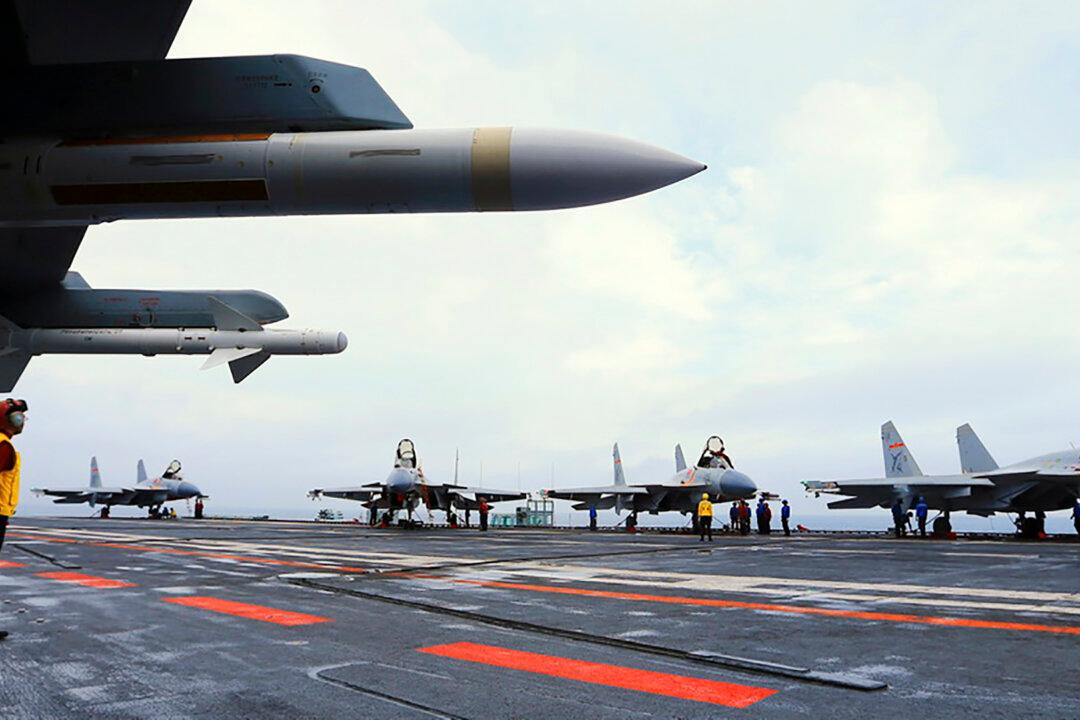News Analysis
The recent violations of Taiwan’s airspace by Chinese fighters, bombers and reconnaissance aircraft are testing the U.S. capability to respond with resources strained by the CCP virus pandemic.

The recent violations of Taiwan’s airspace by Chinese fighters, bombers and reconnaissance aircraft are testing the U.S. capability to respond with resources strained by the CCP virus pandemic.